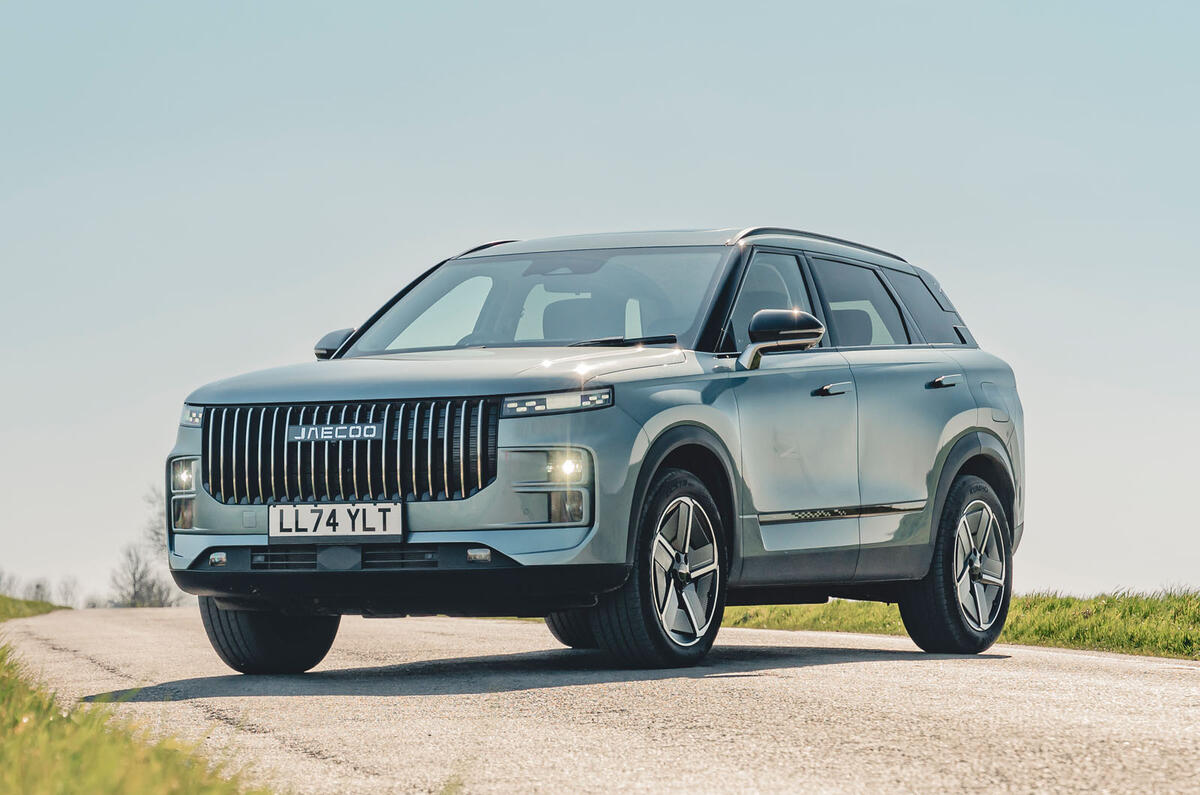When Tesla pushed past the 1.5% UK market share goalpost in just 10 years, the EV brand was lauded for managing what took Hyundai 24 years and Kia 15 years.
Then came the Chinese and smashed the established timeframe for how long it takes to become a mainstream brand in the UK.
First BYD hit that figure in just two years, according to figures collated by Autotrader. Setting a new record, however, are Chery-owned sibling brands Omoda and Jaecoo, which together blew past the 1.5% target in less than 12 months, hitting 1.6% by the end of July with sales of 19,219 in the first seven months of 2025.
In doing so, Omoda and Jaecoo jointly outsold established brands such as Citroën, Suzuki, Dacia, Fiat and Honda.
In the month of July, Omoda and Jaecoo’s combined share stood at a whopping 2.7%, beating Renault, BYD, Mazda and Tesla.
What’s more extraordinary is that their sales success has come about with essentially just two cars, the Omoda 5 and Jaecoo 7, both compact SUVs. The new, smaller Jaecoo 5 has yet to land while the larger Omoda 9 is still niche, due to its higher price point.
So what has been the brands' secret? The first big weapon deployed by Chery was network coverage, with Omoda and Jaecoo (which share showroom space) now up to 81 dealers in the UK.
“Compared to other new entrants, we wanted to make sure that we had full coverage,” Gary Lan, CEO for both Omoda and Jaecoo in the UK, told Autocar at the recent UK launch of Chery's eponymous brand.
Most newcomers are more tentative when they arrive in a new country, preferring to build awareness slowly before committing to signing up dealers. Omoda and Jaecoo however took advantage of upheaval in the UK dealer space to quickly sign up partners looking to exit brands that were either downsizing, like Ford, or in new-model limbo, such as Stellantis.
Minimal corporate identity requirements (signage and branding) cut costs and allowed dealers to quickly rebrand showrooms. “They give us signs and some furniture and that’s it,” said one former Vauxhall dealer who made the switch.
“They had a suite of solid retailer partners already lined up and ready to go before the cars had even landed,” Ian Plummer, commercial director of Autotrader, told Autocar.
The second is that, despite the fact they only had two cars, Omoda and Jaecoo offer a wide drivetrain choice to suit private or fleet buyers, the latter tending to prefer low-tax electrified cars.






Add your comment